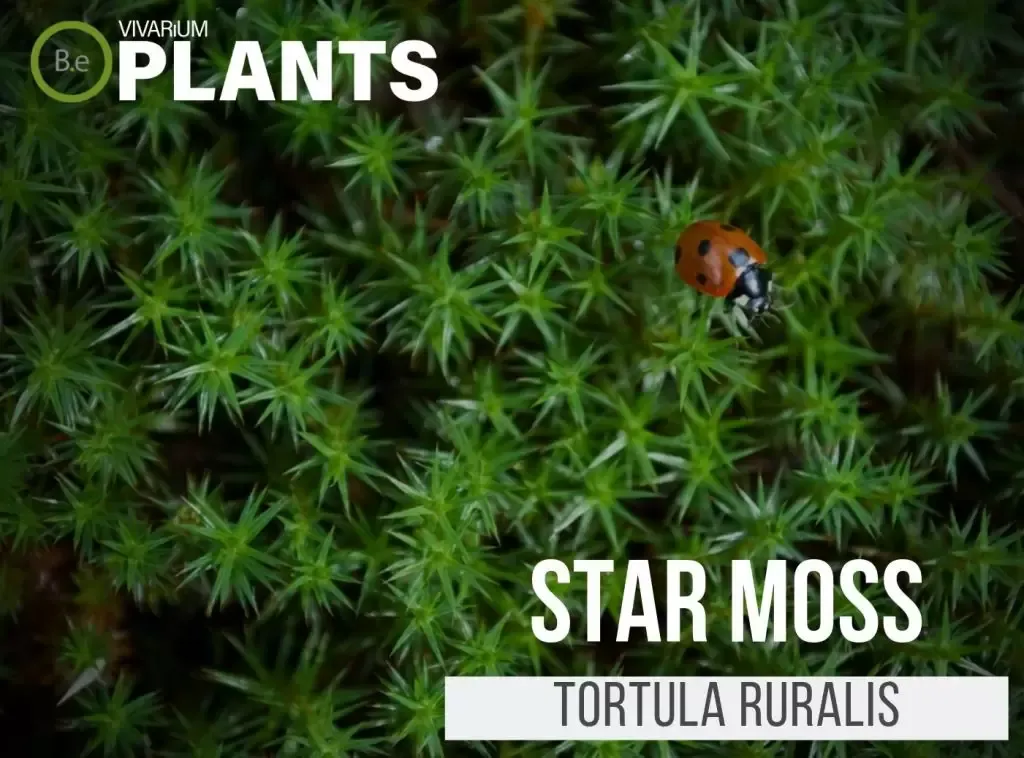
Tortula_ruralis_3_600.jpg from: https://sagebud.com/tortula-moss-tortula-ruralis/
Exploring the Fascinating World of Tortula peruviana Mitt. Moss
Introduction
Mosses are small but mighty plants that play crucial roles in ecosystems around the world. One particularly interesting species is Tortula peruviana Mitt., a moss in the Pottiaceae family. In this blog post, we’ll take a closer look at this fascinating plant, from its unique morphology to its global distribution and ecological importance.
Background
Mosses are non-vascular plants in the division Bryophyta. Unlike other land plants, they lack true roots, stems, and leaves. Instead, they have leaf-like structures called phyllids that absorb water and nutrients. Mosses reproduce via spores rather than seeds and are found in a wide range of habitats, from arctic tundra to tropical rainforests.
The genus Tortula contains over 150 species of mosses. Tortula peruviana was first described by the British bryologist William Mitten in 1869 based on specimens collected in Peru, hence its species name peruviana

tortula-ruralis-7eb71956-881b-4ec1-86d6-26f0ee8877d-resize-750.jpg from: https://alchetron.com/Tortula-ruralis
.
Morphology and Identification
Tortula peruviana forms loose tufts or mats. The phyllids are lance-shaped, 2-4 mm long, and have a strong midrib that extends into a short, sharp point called a mucro. The leaf margins are recurved (rolled under).

Star-Moss-Tortula-Ruralis-1024×758.jpg from: https://bantam.earth/star-moss-tortula-ruralis/
A key identifying feature of T. peruviana is its distinctive spore capsule. The capsule is cylindrical and has a long, spirally twisted seta (stalk). The peristome (ring of teeth around the capsule mouth) is well-developed and divided into 32 filaments that are spirally twisted to the left.
Global Distribution and Habitat
Tortula peruviana has a wide distribution across Central and South America, from Mexico to Argentina and Chile. It is particularly common in the Andes Mountains. The species typically grows on soil, rocks, or tree bark in open, disturbed habitats like roadsides, pastures, and urban areas from sea level to 4500 m in elevation.
Ecological Roles and Adaptations
Like other mosses, T. peruviana plays important roles in its ecosystem:
- Helps prevent soil erosion by stabilizing bare ground
- Absorbs and retains water, regulating moisture
- Provides habitat for micro-organisms and small invertebrates
- Pioneers the colonization of disturbed sites
T. peruviana has several adaptations that allow it to thrive in its environment:
- Twisted peristome teeth help control spore dispersal
- Mucro on leaf tip may aid in water uptake
- Recurved leaf margins retain moisture
- Tolerates a wide range of environmental conditions
Conclusion
Tortula peruviana is a small but fascinating moss with a unique morphology and a wide distribution across Central and South America. From colonizing disturbed habitats to preventing erosion and providing shelter for tiny organisms, this mighty moss plays an outsized role in Andean ecosystems and beyond. Next time you see a humble moss growing on a rock or tree, take a closer look – you may be gazing at the marvelous Tortula peruviana!